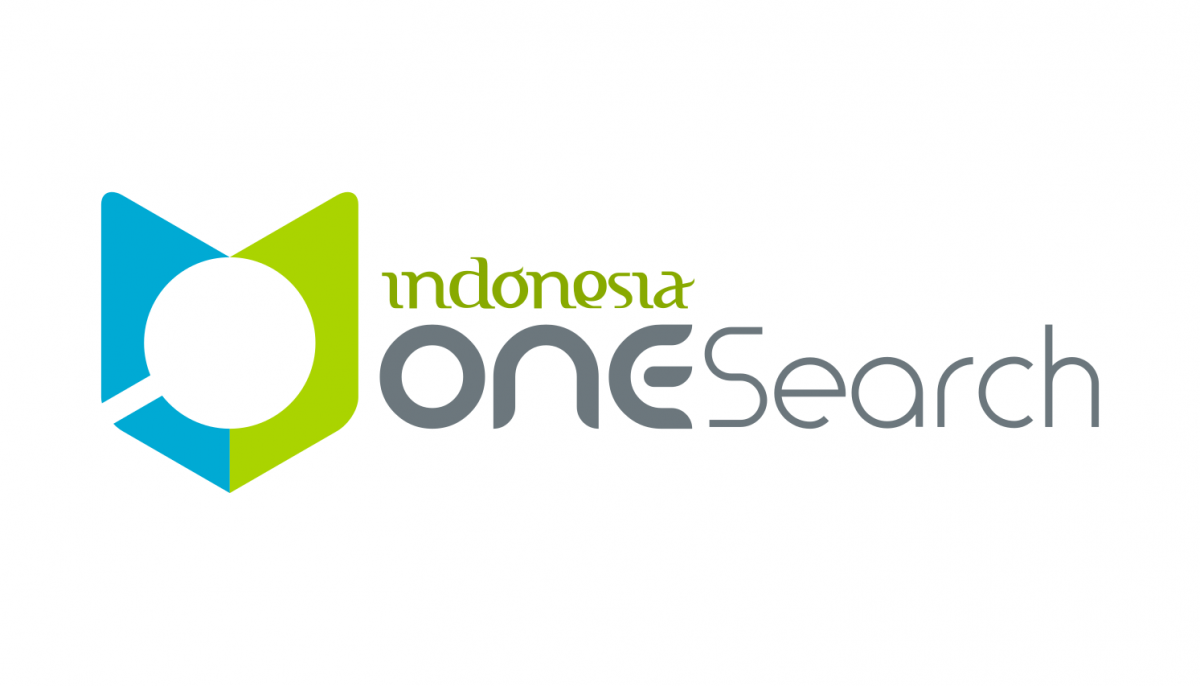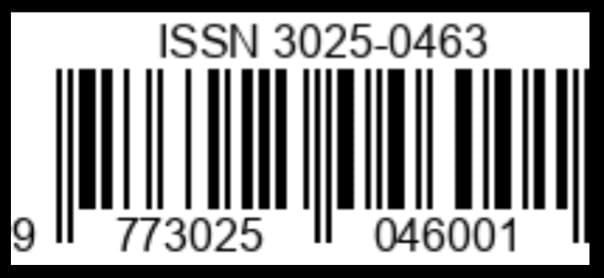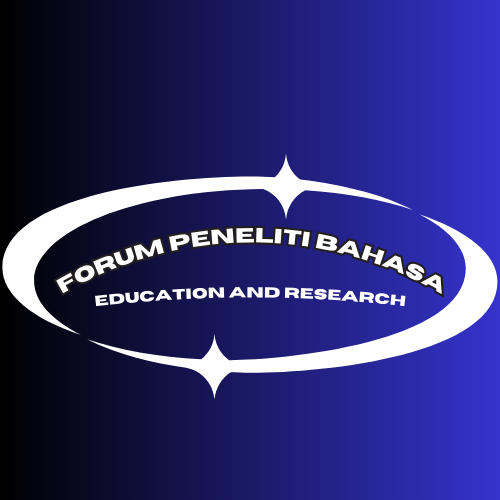An Analysis Of Students’ Difficulties In Translating Argumentative Text From English Into Bahasa
DOI:
https://doi.org/10.61721/pebsas.v1i2.240Abstract
This section begins by expressing concerns about traditional face-to-face learning, which often focuses on listening and teaching. This shows that higher order thinking skills (HOT) such as analysis are needed in the curriculum. The research methodology used is descriptive qualitative. This approach aims to provide an in-depth understanding of the difficulties students face when translating English into Indonesian. This research focuses on first-grade students at Aras Kabu Agung Tanjungbalai Private Madrasah Aliyah for the academic year 2022/2023. The sample consisted of 29 students who were selected based on certain criteria set by the researcher. This research uses various data collection techniques, including observation, interviews, tests, questionnaires, accuracy assessment, acceptability evaluation, and readability assessment. These methods help collect comprehensive data about the difficulties faced by students. The main instrument of this research is argumentative text. Researchers use help sheets containing questions and answers, along with tables to assess the quality of the translation. The research findings revealed that 68.57% of the students sampled (20 out of 29) experienced difficulties in understanding the meaning of the source language, making it a challenge. for them to translate into the target language. This linguistic difficulty is caused by a lack of vocabulary and limited understanding of translation. In addition, 62.85% of students (also 20 out of 29) faced challenges when translating words related to cultural values, which is a non-linguistic difficulty. In conclusion, research shows that students' difficulties in linguistic factors, especially understanding the source language, pose greater challenges than non-linguistic factors such as translating words related to cultural values. These findings contribute to a deeper understanding of the translation difficulties faced by students in certain academic contexts.
Downloads
Published
Issue
Section
License
Copyright (c) 2023 Alya Julida Sari Sibuea, Sholihatul Hamidah Daulay, Achmad Ramadhan

This work is licensed under a Creative Commons Attribution-ShareAlike 4.0 International License.




















